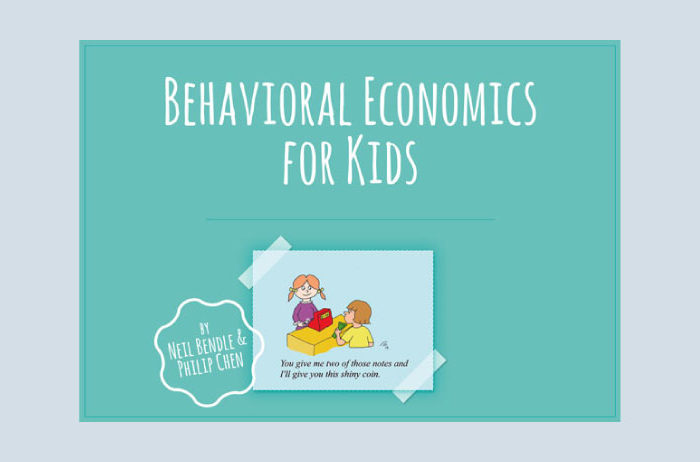Dieses Buch zeigt, dass Erwachsene zwar nicht mehr wachsen, aber doch grosse Kinder bleiben. Denn das, was wir an unseren Kindern sehen, prägt und erklärt auch unser Verhalten. Darum richtet sich diese – von FehrAdvive & Partners mit freundlicher Genehmigung der Autoren herausgegebene Buch – nicht nur an Kinder, sondern auch an Erwachsene.
Die Autoren dazu im Vorwort:
The aim of this book is to illustrate what we already know. People behave in predictable ways that don’t always reflect the ideal behaviour that social scientists like to theorize about. On the negative side sometimes our choices are short-sighted, incoherent, selfdestructive or even malicious. On a more positive note, sometimes we are more sociable than might be predicted by a traditional economic view of decision making. Furthermore most of us seem to do a surprisingly good job of coping with a ridiculously complex world.
The behaviours that violate various social scientists’ ideals can be seen even amongst children. Indeed this little book starts from the premise that while adults do grow up a little we all remain big kids. The actions that we see our children doing can help to explain our own behaviour. Of course we could do a dense tome with lots of footnotes, pompous words and caveats but we figure that like kids most of us prefer it when pictures explain the world. In the following pages we detail some of the most significant elements of modern behavioural research.
This should be of interest to students, teachers, researchers and even children who want to know why their sister always wants the last M&M. This is Behavioural Economics for Kids.
Neil Bendle and Philip Chen, 2013
Im Buch lesen:


